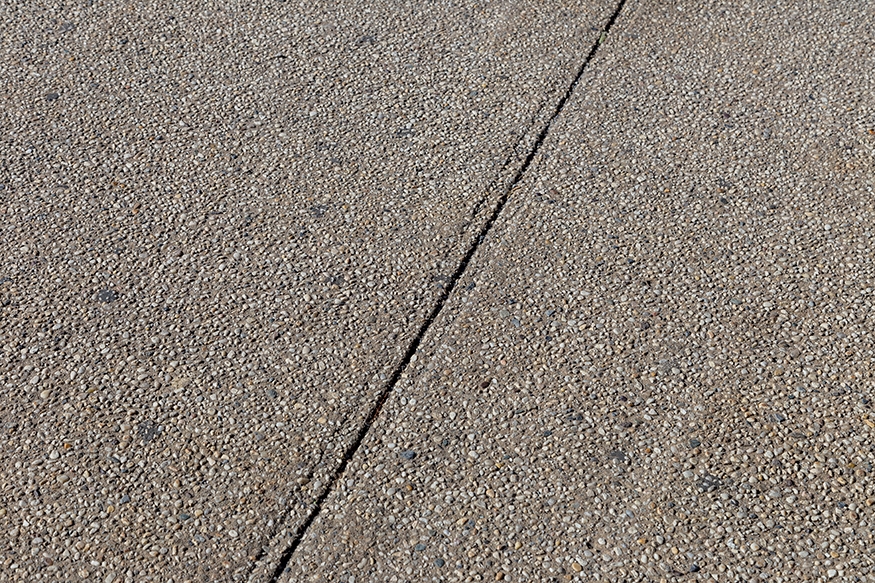This chapter identifies materials for sidewalks, curbs, and roadways that are either approved citywide standards or alternatives in certain circumstances. The recommendations in this chapter supplement rather than replace existing engineering standards.

Applicability and Exceptions
All projects that significantly impact public and private streets should follow these guidelines. DOT approval will be based on site-specific conditions, engineering standards, and judgment based on the policies outlined in the Introduction to this Manual, with the safety of all street users being of paramount importance.
Usage Categories
Materials are divided into four usage categories: Standard, Distinctive, Historic, and Pilot.
Standard
Standard materials are required for use in all contexts outside of historic districts, unless DOT and PDC approve a Distinctive treatment. Projects utilizing the Standard materials in the identified contexts will generally only require a permit from DOT.
DOT is responsible for the maintenance of roadways and crosswalks. As such, materials not listed here as Standard are rarely installed in these contexts.
Distinctive
Any material not deemed Standard by DOT will be considered Distinctive and requires review and approval by DOT and PDC. Distinctive materials identified in this chapter are visually appealing and are proven to be durable, and DOT encourages their use in certain circumstances.
Historic
Historic materials are Standard in historic districts designated by LPC and are subject to its requirements. Historic materials used outside of historic districts are considered Distinctive.
Pilot
Pilot materials are being tested by DOT or another City agency. They require specialized considerations and maintenance and may only be used in limited circumstances.

